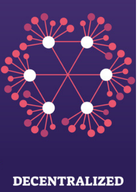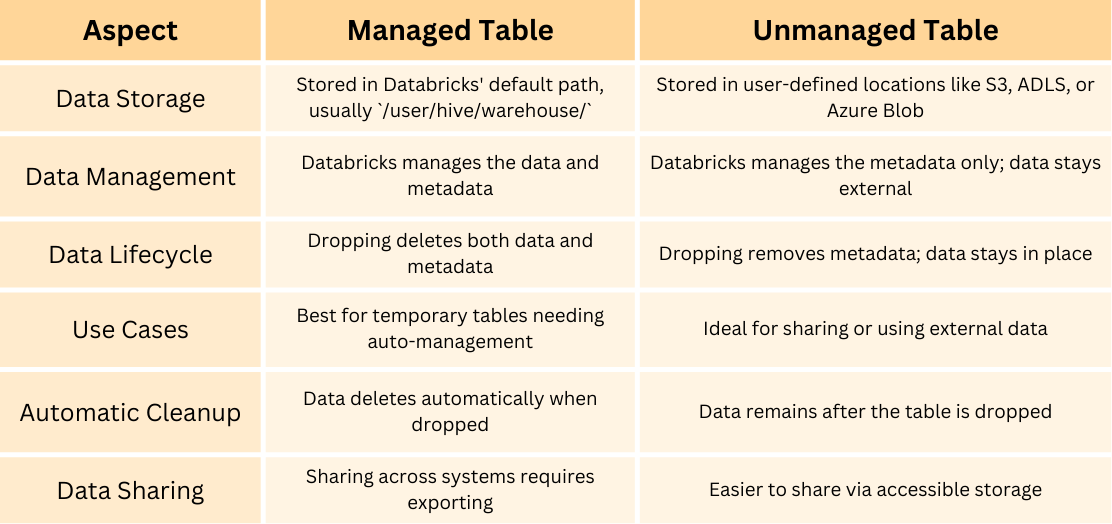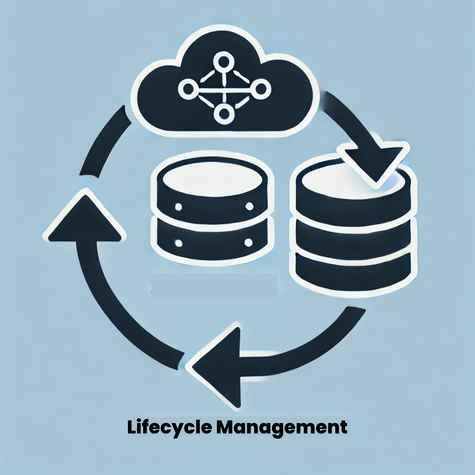Persistence and scope of tables
Data Management in Databricks

Smriti Mishra
Founder, NordData Insight
What is table persistence?
- Table persistence controls data storage and retention
- It affects storage, access, and maintenance
- Databricks supports managed and unmanaged tables

Managed tables in Databricks
- Fully managed by Databricks, including data location and lifecycle.
- Automatically deletes data when the table is deleted.
- Suitable for simple, centralized data management.

Unmanaged tables in Databricks
- Decentralized approach
- Control the data storage location and lifecycle
- Deleting an unmanaged table doesn't delete the data
- Useful for custom storage or compliance requirements

Managed or unmanaged tables?

The LOCATION keyword
- Essential for setting data storage in unmanaged tables.
- Storage location impacts cost, retrieval times, and retention policies.
CREATE TABLE table_name (
column_name data_type,
...
)
USING file_format
LOCATION 'path/to/data';
Key takeaways
- Managed tables centralize storage and lifecycle within Databricks.
- Unmanaged tables offer flexibility for storage and data lifecycle.
- Choose based on data storage, control, and management needs.

Let's practice!
Data Management in Databricks

